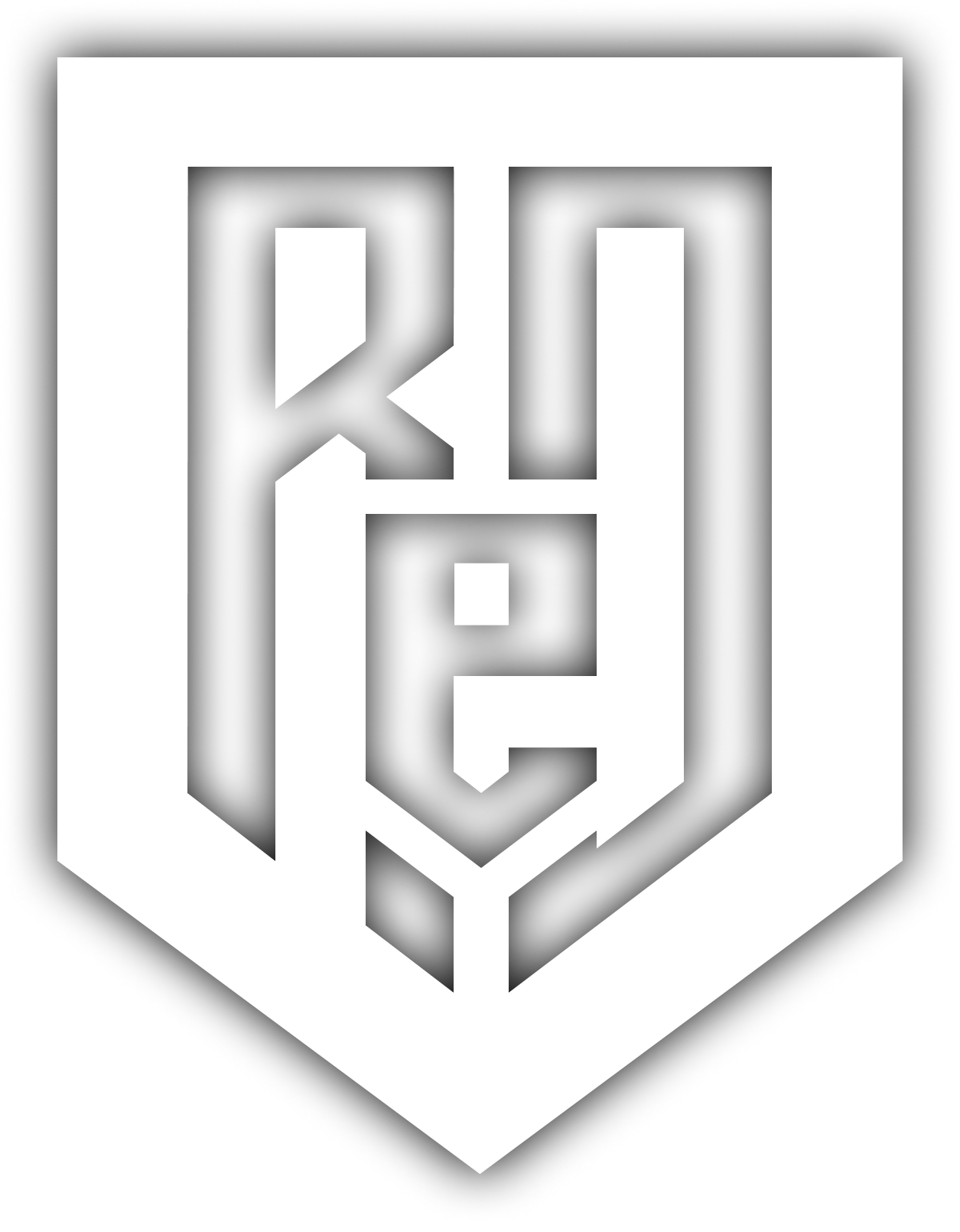BEING A LEADER
Throughout my career, I’ve witnessed leaders fail to support their teams, leaving designers unassisted during challenging moments. This lack of leadership harms teams and undermines trust. These experiences shaped my empathetic leadership style. I prioritize business needs, but never at the expense of individual well-being. I believe in fostering trust and respect first and foremost, making myself available for discussions to address concerns or share appreciations.
I also encourage open, immediate feedback, creating an environment where team members feel comfortable sharing thoughts at any time. Feedback is essential for growth, which needs to be offered in all directions. Leaders aren’t infallible, and supporting each other aligns with goals of a successful product.
MENTORING MY TEAM
Throughout my career, I’ve led teams comprised of 3 to 10 members across QA, development, and vendors; embracing their diverse skills, experiences, and mindsets. Many teams consist of generalists who step outside their comfort zones, making it essential to support and guide them to success. As a lead, I prioritize understanding each member’s strengths and fostering their growth collaboratively. Their success is our top priority, and I want to invest in them as professionals, and as individuals. For those early in their careers, having a supportive leader boosts their confidence and commitment to themselves and their peers, creating a cycle of mutual investment.
ELEVATING MY TEAM
A key part of leadership is elevating the team within the larger development group. While teams are often referred to by their discipline, this can sometimes feel dismissive. To address this, I’ve implemented strategies to increase their visibility among broader teams, leads, and stakeholders. I highlight individual contributions during team-wide presentations or town halls, celebrating achievements in front of larger audiences. When team members are comfortable, I encourage them to co-present or lead presentations, helping them prepare so they feel confident.
As Art Lead for Madden Live Services, I created a monthly newsletter to showcase my team’s work, including released content, upcoming projects, artist showcase, and team spotlights. These features sparked great conversations and helped foster connections across the organization.
TEAM COLLABORATION
In Madden Live Services, I led a team of 10 diverse artists, each with unique styles and perspectives, each with varying times of service in the gaming industry. Recognizing their contributions and fostering an open, collaborative environment was key to our success. I encouraged the team to share feedback, pitch wild ideas, and embrace collaboration as the path to growth.
For Madden NFL 23, I transformed the art direction process into a team effort. Instead of handling it alone, I organized a full-day session where the team collectively set the visual direction for 70+ programs. This approach highlighted their support for one another’s ideas and allowed me to align artists with projects that matched their passions. The result was the most visually impressive designs MUT had ever seen, and I’m incredibly proud of what we achieved together.
CROSS-TEAM COLLABORATION
Leading a team goes beyond managing direct reports—I set an example for stakeholders, leadership, and partners. Business and project teams have their own goals, which sometimes take priority over ours. By providing clear direction and openly discussing priorities, I help my team understand these shifts, helping peers adapt and grow.
When UI/UX partners are hesitant about the UI/UX process with designers, I monitor progress without micromanaging, stepping in only when necessary to address concerns or guide compromises. Encouraging my team to navigate these situations independently is vital for their personal and professional development.
